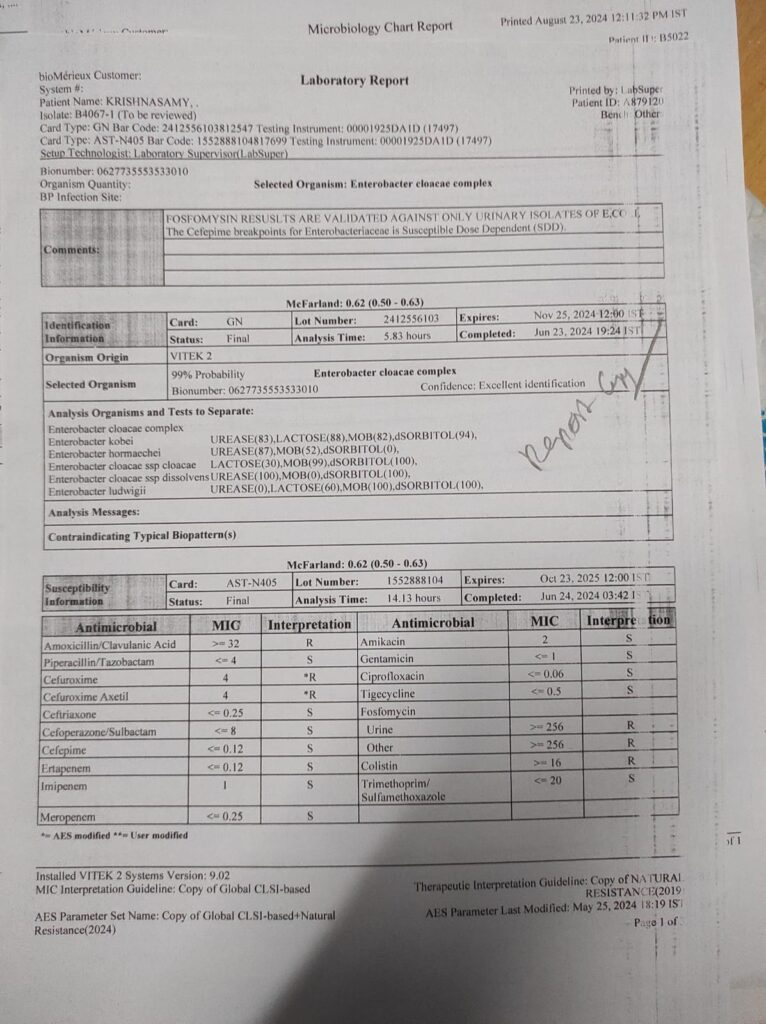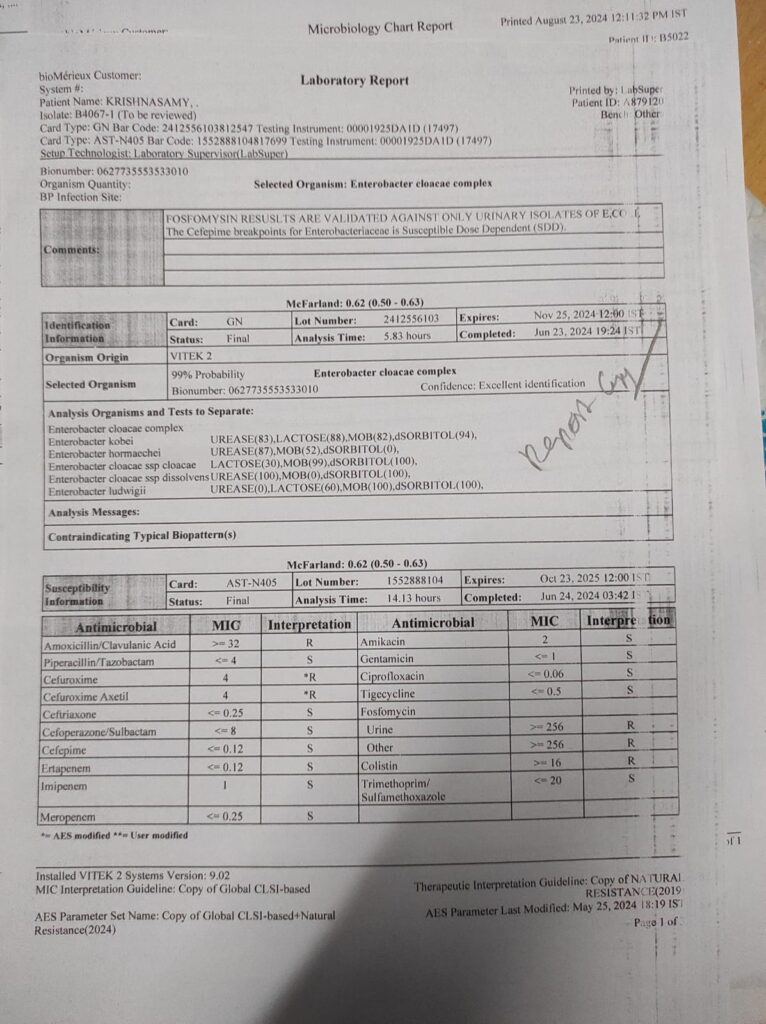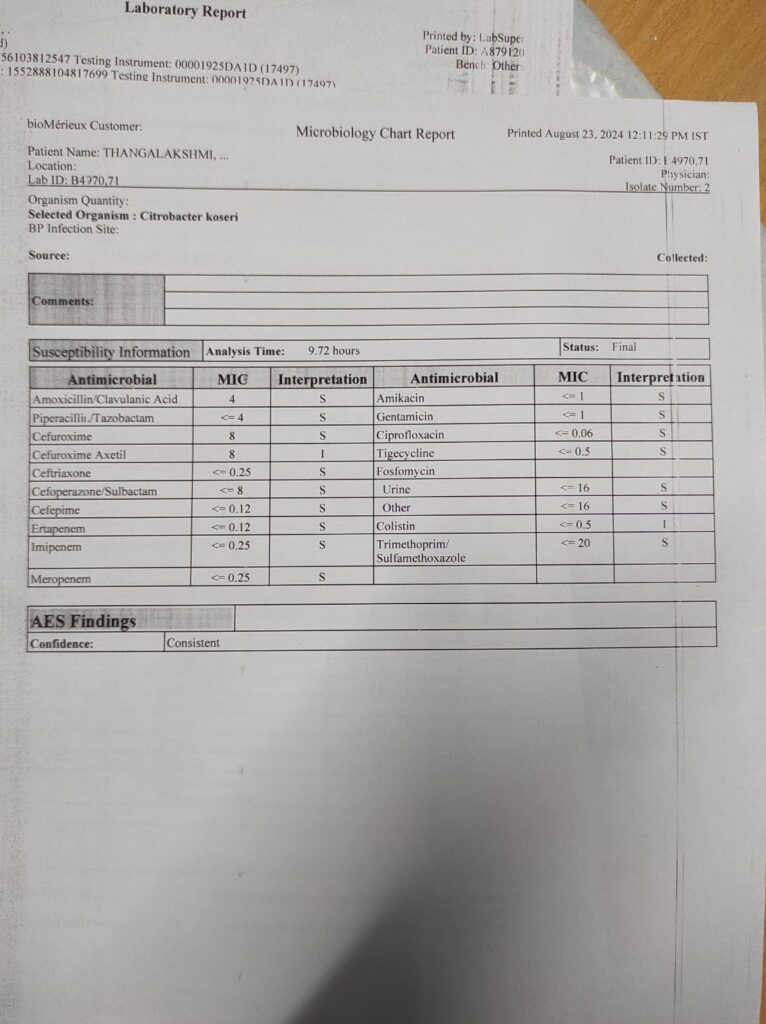Pharmacokinetic Approach to Evaluate the Effectiveness of Broad-Spectrum Antimicrobials in Critically Ill Patients
Plasma Drug Concentration Calculator
(If applicable):
Sample Initial volume:Sample Final volume:
Dilution Factor (DF): {{Final / Initial}}
DF:
MIC:
Plasma Drug Concentration: {{MIC / DF}}mg/l
Explanation
The dilution factor is a measure of how much a solution has been diluted or reduced in concentration. It’s usually expressed as a ratio or a fraction. For example, a dilution factor of 1:10 means that one part of the original solution is diluted with nine parts of solvent (usually water) to make ten parts in total.
When you divide the MIC (minimum inhibitory concentration) by the dilution factor, you’re essentially undoing the dilution to find the concentration of the substance in the original undiluted solution. Let’s break down the calculation using an example:
- Dilution Factor: Suppose you start with a solution of Antibiotic X at a concentration of 1000 μg/mL. You dilute this solution 100 times (dilution factor = 100), which means 1 part of the original solution is mixed with 99 parts of solvent.
- MIC: The MIC value is the lowest concentration of Antibiotic X that inhibits the growth of a specific microorganism, let’s say it’s 10 μg/mL.
- Calculation: To find the concentration after dilution:
Concentration=MIC/Dilution Factor


